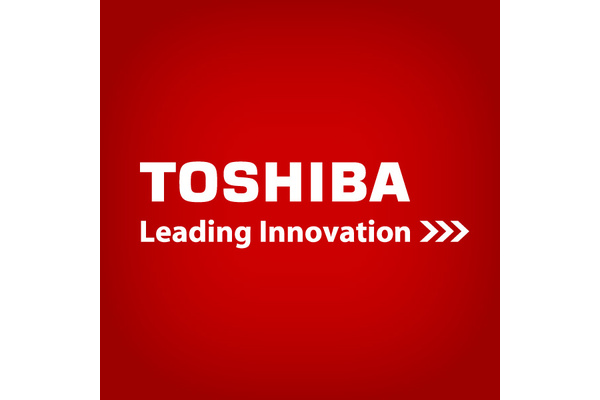
Toshiba has begun volume shipments of new SSD drives with capacities of up to 512GB. These drives are already featured in new (expensive!) Toshiba laptops. The new drives, offering capacities of 64GB, 128GB, 256GB and 512GB are manufactured on a 43-nanometer process using multi-level cell (MLC) technology, and available in either a 1.8-inch or 2.5-inch enclosure.
For whatever improvements the SSDs might offer over a standard run-of-the-mill HDD, the price is a hard pill to swallow. The component costs themselves aren't quite clear yet, but consider that a Toshiba Portege R600 laptop with a 512GB SSD will set you back $3,499.
There are also other areas of the technology that are being built-on, such as random access speeds which can fall behind their mechanical HDD counterparts.
Written by: James Delahunty @ 6 Aug 2009 17:17
